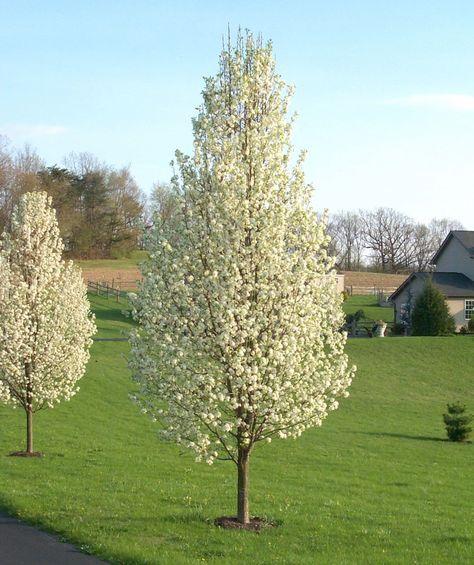
Bradford pear (Pyrus calleryana)
Bradford pear, also known as Callery Pear, Bradford Pear
The Bradford pear, originally from China, has become invasive in regions like the U.S. and Australia. Although it can't self-pollinate, it crossbreeds with other plants, producing fertile seeds that spread in nature. Birds and animals disperse its abundant fruits, allowing it to take root in disturbed areas. Dense colonies of Bradford pear can outcompete native species for resources. To manage its spread, consider the following:
1. **Physical Removal**: Pull out young saplings manually and cut down mature trees, making sure to grind or chemically treat the stumps to prevent regrowth.
2. **Herbicide Application**: Use appropriate herbicides, such as oil-based, foliar, basal bark, or stump treatments, to kill the tree and inhibit regrowth.
3. **Replanting with Natives**: Substitute Bradford pears with native species like Trident Maple or Serviceberry to restore ecological balance.
4. **Community Education**: Raise awareness about the invasive nature of Bradford pears and promote the use of native alternatives.
By integrating these strategies, you can effectively control and reduce the spread of Bradford pears.